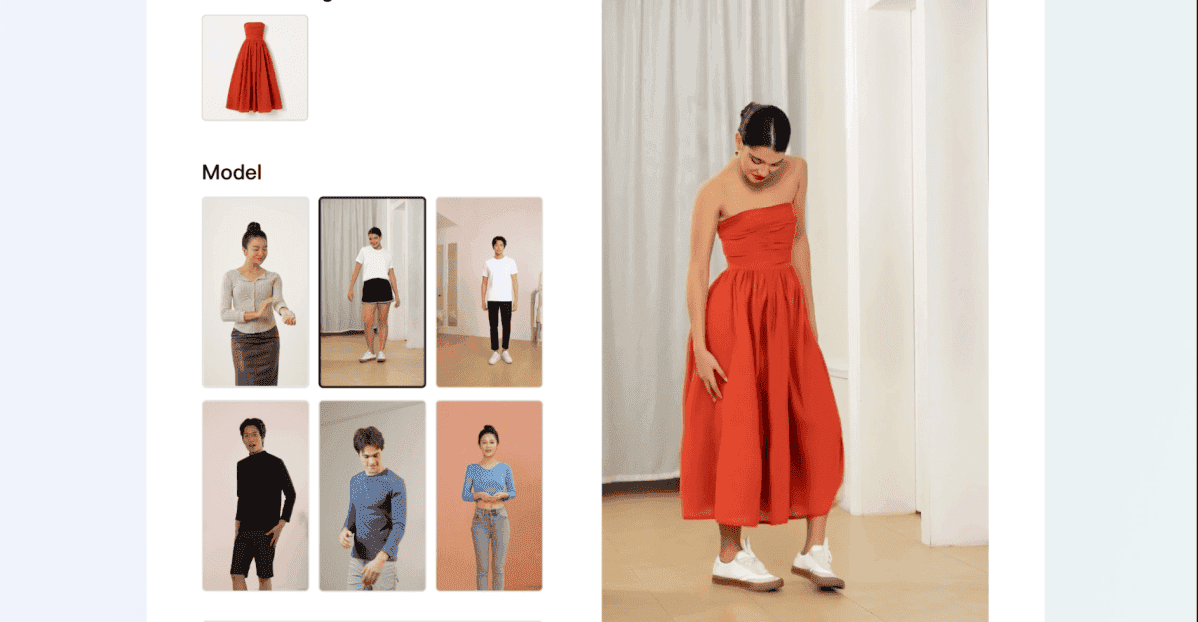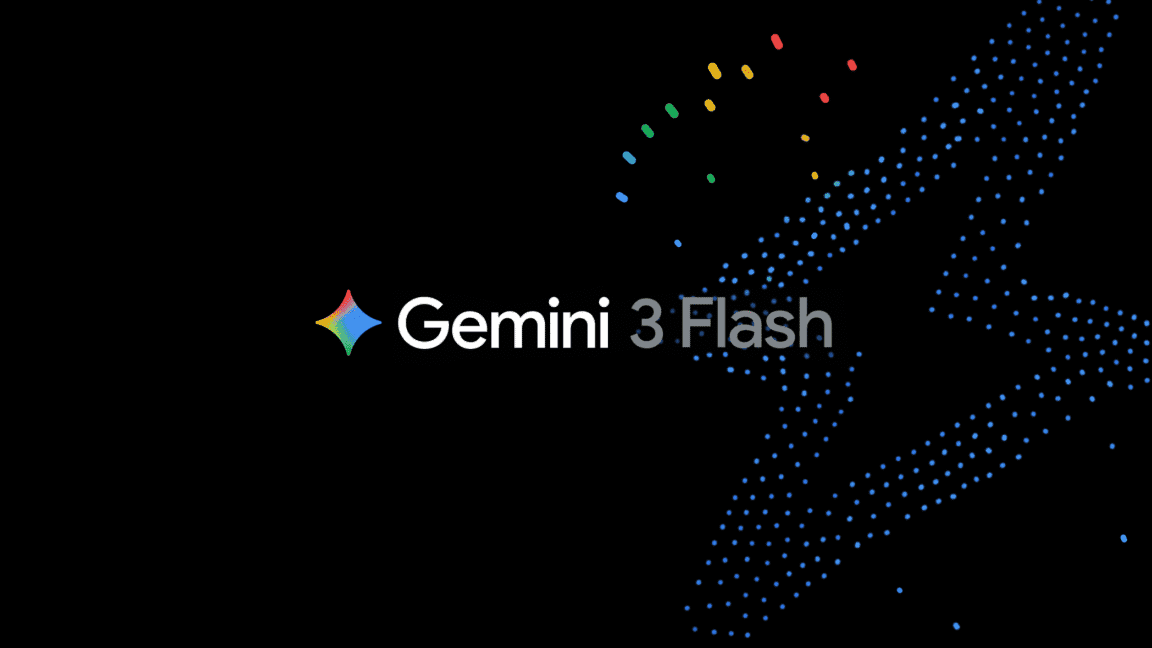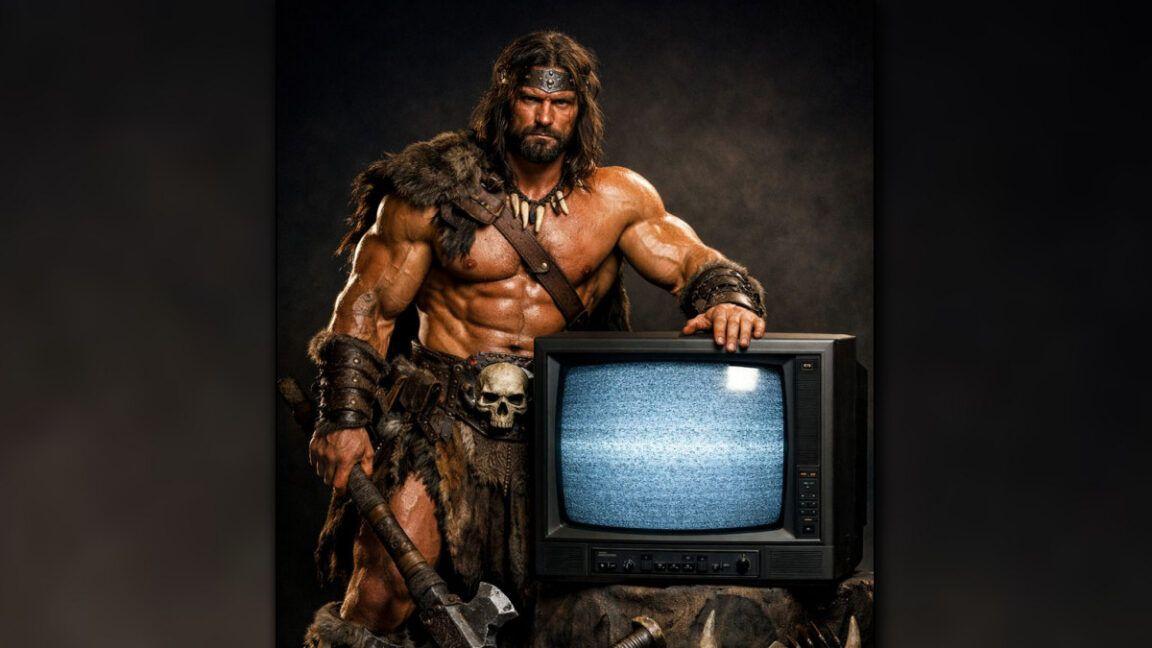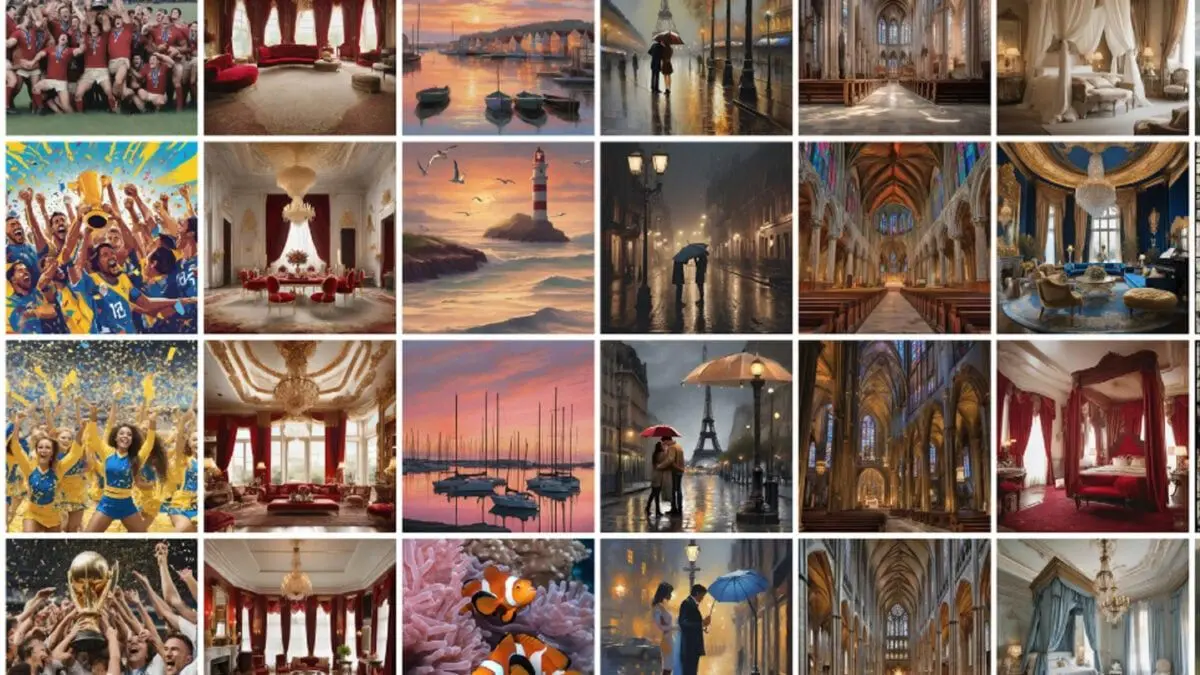ByteDance Unveils Goku: A Powerful AI Model for Text-to-Video Generation
3 Sources
3 Sources
[1]
TikTok's parent unveils AI that generates viral videos from text
TL;DR: ByteDance has launched "Goku," an AI text-to-video model that converts text into hyper-realistic ad videos resembling social media reels. Tiktok's parent company, ByteDance, has released another AI text-to-video model. The project, entitled Goku, allows users to convert text into hyper-realistic ad videos, many of which draw clear inspiration from the real-life reels we see on social media. The project's GitHub page showcases examples of the tool in action, ranging from landscape demos to portrait videos to marketing footage. Some of the most jarring examples are the ones that look the simplest: people eating food, unboxing products, or doing their makeup. While you can still notice that uncanny AI feeling to many of them, the gap is beginning to close on being able to differentiate AI content from real ones. (Credit: ByteDance) The Goku model is a 'flow-based video generative foundation model' jointly developed by the University of Hong Kong and ByteDance. Released in February 2025, industry insiders believe that the newest model 'significantly improved' the visuals' consistency, controllability, and richness. The model is based on the 'rectified flow transformer architecture' and can generate images and videos with simple text prompts. Aside from general content creation, Goku+, the premium model, is designed explicitly with advertising in mind. The company's research boasts that you can optimize advertising scenarios to create useable footage at '100 times lower cost'. Naturally, brands will understand the upside of leveraging such a tool. (Credit: ByteDance) The video style in the examples closely resembles what you'd see on TikTok. Being owned by ByteDance, it's only logical that they've leveraged its wealth of user data to create these clips. While the results are impressive, it poses some interesting questions about what online content will look like in the near future.
[2]
The TikTok team launches two new AIs that generate video and are crazy - Softonic
Bytedance, the company known for being the owner of TikTok, has recently launched two artificial intelligence models that promise to revolutionize audiovisual content generation. The new models, OmniHuman-1 and Goku, are capable of creating high-quality videos from images and audio clips, achieving impressive lip synchronization and image resolution. They are the competition of Sora, from OpenAI. OmniHuman-1 stands out for its multimodal capability, effectively combining video, audio, and animations. The quality of the generated content is remarkable, which can be verified through a series of demonstration videos on its GitHub page. In addition, this model is not limited to photorealistic videos; it can also generate cartoons, animated objects, and complex poses, which expands its potential applications in digital art. On the other hand, the Goku model, with 8 billion parameters, is aimed at the advertising market. Leveraging Bytedance's vast media library, Goku produces ads targeted at social media platforms, demonstrating that the company has a clear strategy to integrate its AI technology into the advertising sector. The first produced clips reflect this approach, with examples of cosmetic products and other commercial items. Despite their impressive capabilities, both models are still in the laboratory phase and require a tremendous amount of computing power, which limits their current availability. However, the film industry must prepare for an imminent change, as it is believed that AI could displace workers in audiovisual production, starting with the lesser roles. In summary, Bytedance is positioning itself as a key player in the race to dominate video generation technology through artificial intelligence, which could have a profound and accelerated impact on the entertainment industry.
[3]
ByteDance Unveils Goku to Take on Google's Luma and OpenAI's Sora
While the models may be less powerful than the anime character Goku, they do look pretty impressive. ByteDance, the parent company of TikTok, has dropped a family of joint image-video generation models called Goku. The models seem to be named after the popular anime character 'Goku' from the Dragon Ball series. This comes right after the company teased a video AI model that generates videos from images, dubbed OmniHuman-1. Researchers claim that the Goku models help create product videos featuring AI-generated influencers, marketing avatars, landscape demos, visualising Chinese poetry, portrait video demos, and more. The research paper attributes the model's ability to generate high-quality videos to several key factors. One is the implementation of a rectified flow (RF) formulation for joint image and video generation and the employment of a 3D joint image-video VAE to compress inputs into a shared latent space. Moreover, the architecture features a Transformer network with full attention, enhanced with techniques like FlashAttention, sequence parallelism, Patch n' Pack, 3D RoPE position embedding, and Q-K normalisation. The paper also states that the Goku models demonstrate superior performance in both qualitative and quantitative evaluations, setting new benchmarks when compared to competitors like Luma, Open-Sora, Mira, and Pika. Goku achieved 0.76 on GenEval, 83.65 on DPG-Bench for text-to-image generation, and 84.85 on VBench for text-to-video tasks. You can see the benchmark results below. "We believe that this work provides valuable insights and practical advancements for the research community in developing joint image-and-video generation models," the researchers said. The model's ability to generate high-quality product videos featuring AI-generated influencers and other realistic visuals could hugely benefit content creators, influencers, marketers, and others.
Share
Share
Copy Link
ByteDance, TikTok's parent company, has introduced Goku, an advanced AI model capable of generating high-quality videos from text prompts. This development positions ByteDance as a key player in the rapidly evolving field of AI-generated content.

ByteDance Introduces Goku: A New Frontier in AI-Generated Video Content
ByteDance, the parent company of TikTok, has unveiled a groundbreaking AI model named Goku, designed to generate high-quality videos from text prompts. This development marks a significant advancement in the field of artificial intelligence and content creation, positioning ByteDance as a formidable competitor to other tech giants in the AI race
1
.Goku's Capabilities and Technical Specifications
Goku is described as a 'flow-based video generative foundation model' jointly developed by the University of Hong Kong and ByteDance. The model boasts 8 billion parameters and is based on the 'rectified flow transformer architecture'
2
. Key features of Goku include:- The ability to generate hyper-realistic ad videos resembling social media reels
- Implementation of a rectified flow (RF) formulation for joint image and video generation
- A 3D joint image-video VAE to compress inputs into a shared latent space
- A Transformer network with full attention, enhanced with techniques like FlashAttention and 3D RoPE position embedding
3
Performance and Benchmarks
Goku has demonstrated impressive performance in both qualitative and quantitative evaluations. The model achieved:
- 0.76 on GenEval
- 83.65 on DPG-Bench for text-to-image generation
- 84.85 on VBench for text-to-video tasks
These scores set new benchmarks when compared to competitors like Luma, Open-Sora, Mira, and Pika
3
.Related Stories
Applications and Potential Impact
Goku's capabilities extend beyond general content creation. The premium model, Goku+, is specifically designed for advertising purposes. ByteDance claims that it can optimize advertising scenarios to create usable footage at '100 times lower cost'
1
.The model's potential applications include:
- Creating product videos featuring AI-generated influencers
- Developing marketing avatars
- Generating landscape demos
- Visualizing Chinese poetry
- Producing portrait video demos
These capabilities could significantly benefit content creators, influencers, and marketers in the digital space
3
.Implications for the Future of Content Creation
While the results are impressive, the introduction of Goku raises important questions about the future of online content. As the gap between AI-generated and human-created content narrows, it may become increasingly difficult to differentiate between the two
1
.The film industry, in particular, may need to prepare for significant changes. There are concerns that AI could potentially displace workers in audiovisual production, starting with lesser roles
2
.As ByteDance positions itself as a key player in the race to dominate video generation technology through artificial intelligence, the impact on the entertainment industry and content creation landscape could be profound and rapid.
References
Summarized by
Navi
Related Stories
ByteDance's OmniHuman-1: Revolutionizing AI Video Generation with Single Image Input
05 Feb 2025•Technology

TikTok Expands AI-Powered Advertising Tools with Virtual Avatars and Video Generation
17 Jun 2025•Technology

TikTok Launches AI-Powered Ad Creation Tool Globally, Partners with Getty Images
15 Nov 2024•Technology

Recent Highlights
1
Google launches Gemini 3 Flash as default AI model, delivering speed with Pro-grade reasoning
Technology

2
OpenAI launches GPT Image 1.5 as AI image generator war with Google intensifies
Technology

3
OpenAI launches ChatGPT app store, opening doors for third-party developers to build AI-powered apps
Technology





